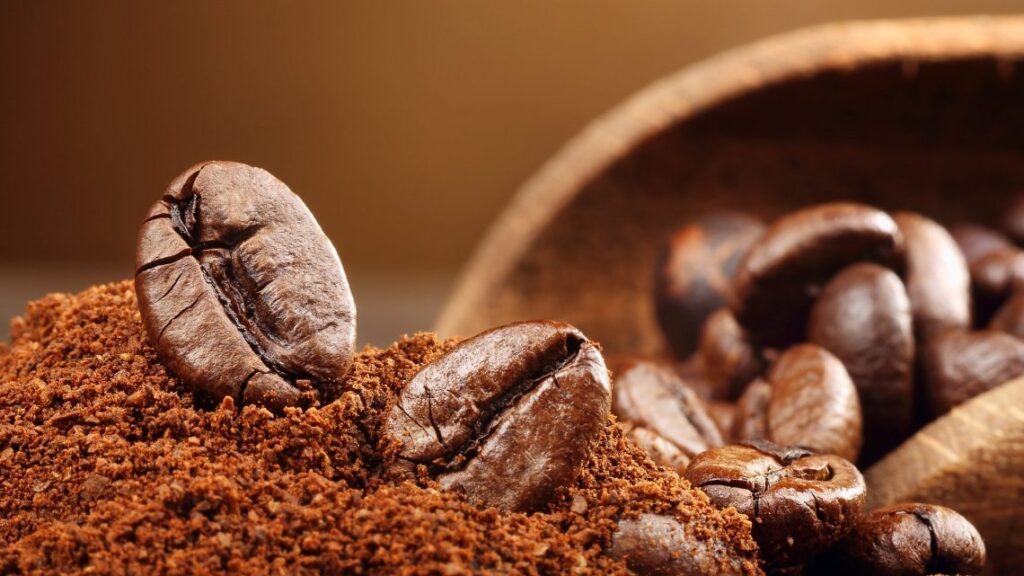Decaffeinated coffee is a product in which the latter, according to international standards, should be contained in an amount of not more than 0.3%. Caffeine-free coffee is sold in ground, in beans and even instant. Decaffeination (substance removal) is carried out by one of the technologies.
A cup of coffee is both a morning ritual, a surge of energy during working hours, and a cozy atmosphere of meeting friends. But sometimes the love of coffee turns into an obsession when three or four cups a day is not enough. Drinking your favorite drink without restrictions does not allow caffeine, known for its active effect on the body. Is decaffeinated coffee out? We will answer this question, and also tell you how “empty” coffee is produced.
WHY YOU SHOULD NOT ABUSE COFFEE?
A cup of coffee helps to cheer up, concentrate and wake up in the morning. The drink owes these properties to caffeine, a fairly strong stimulant of the nervous system. But it is precisely because of caffeine that they talk about the dangers of excessive consumption of coffee, as well as the need to limit its portions.
What can cause you to exceed the recommended caffeine levels?
Insomnia, anxiety, persistent fatigue. All together provokes a state of constant tension and can even lead to depression.
Tachycardia (increased heart rate), headaches of a vascular nature.
Increasing pressure. However, there is no consensus among physicians on this issue. Caffeine briefly increases low blood pressure in hypotension and does not have such an effect if the pressure is normal. There is no proven link between the development of hypertension and the love of the drink.
These health problems can be caused by excessive coffee consumption. Therefore, a “coffee-free” drink becomes an outlet for people who are sensitive to the effects of caffeine and are not ready to give up coffee.
HOW IS COFFEE-FREE COFFEE PRODUCED?
The basis of production is the decaffeination method. In industry, two main technologies are used to extract the active substance from coffee beans.
1. With the help of carbon dioxide.
The grains are infused in water, after which they are placed in a chamber with CO2. The pressure of the gas increases, it liquefies and acts as a solvent for caffeine. At the same time, the remaining components in the composition of coffee beans remain unchanged. Then the gas is pumped out and come to the target in the form of decaffeinated coffee. With the help of hot water.
2. Using hot water
This decaffeination technology originated in Switzerland in 1979. Hence its name – “Swiss water”. Green beans are soaked in hot water to extract the caffeine from them. Charcoal filters, through which water is then passed, retain caffeine, and the final solution is called “green coffee extract”.
Initially, nature itself prompted the idea of producing decaffeinated coffee. In 1903, the merchant Ludwig Rosemus was caught in a storm on his ship. The ship was carrying coffee beans that were soaked through with salt water. The enterprising German did not want to admit losses and handed over the goods for examination. Surprisingly, the quality of the product did not suffer, but the caffeine content almost went to zero. This is how the idea of “empty” coffee was born.
Rosemus patented a decaffeination method based on treating beans with saline and benzene to extract the substance. And the company Kaffee Handels-Gesellschaft Aktien (Kaffee HAG), founded by him in 1906, began to produce the world’s first “empty” coffee. So the drink got its name on the menu “Caffe Hag” or “Hag” for short.
By international standards, 97% of the caffeine must be removed from decaffeinated coffee. And according to European standards, all 99%. The main art is to extract only the active component from the grains, preserving the taste and aroma.
This goal is achievable, so coffee lovers can enjoy the drink to the fullest without health consequences. Of course, one should not expect an invigorating effect from Caffe Hag, but as an alternative, it fully justifies itself.






